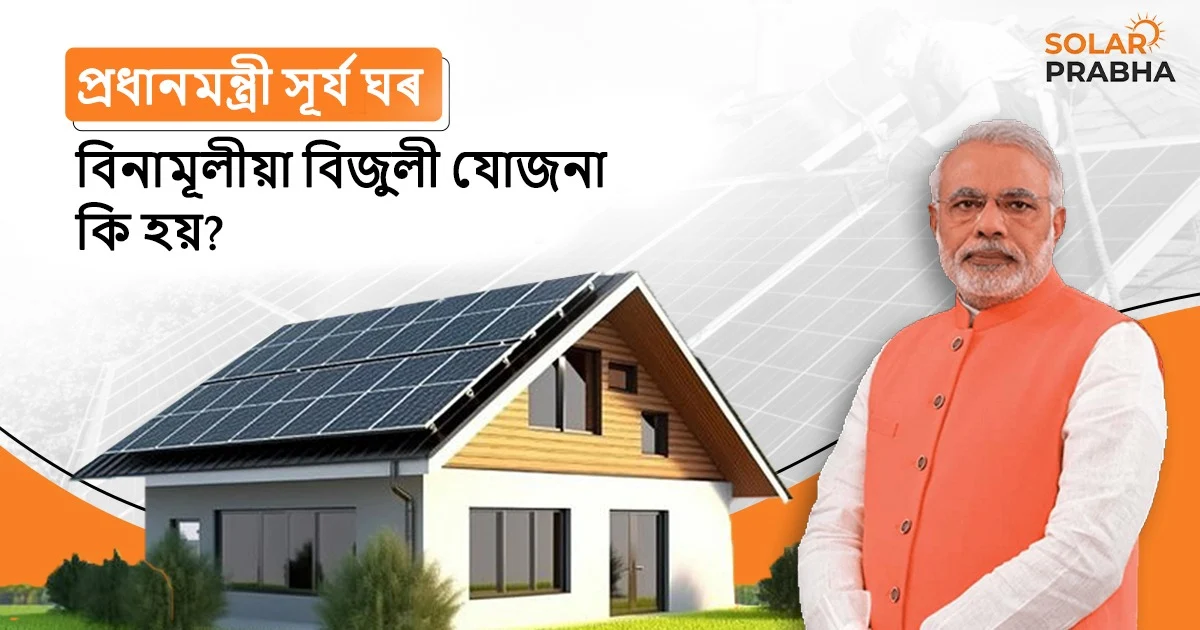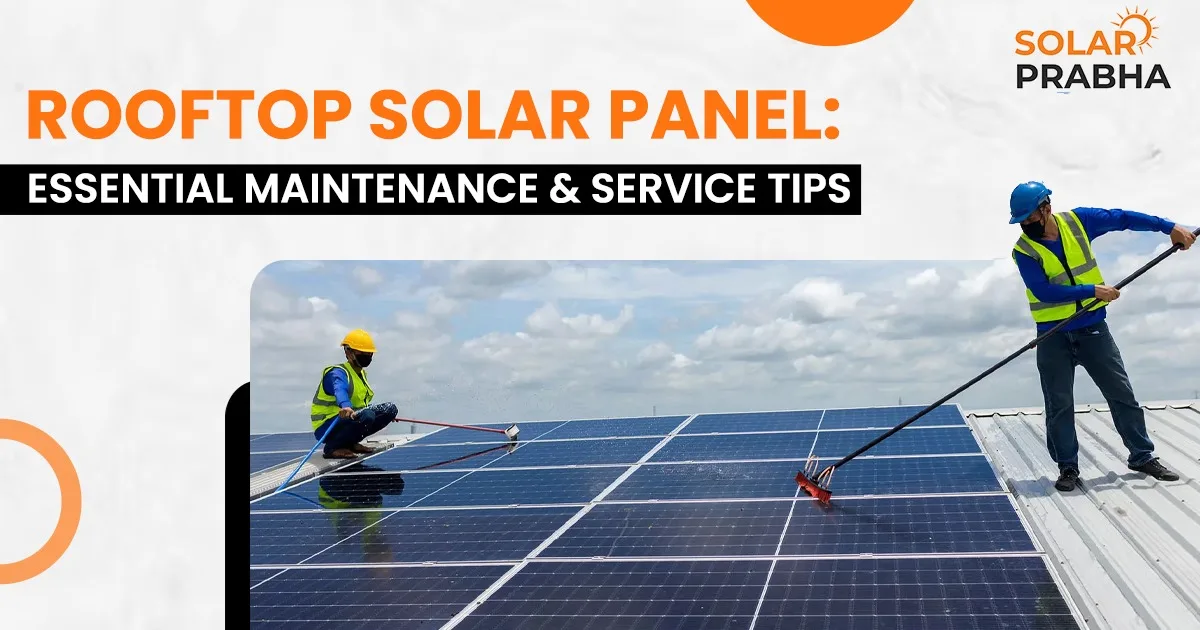When homeowners first consider switching to solar energy, the most common question is: “How many solar panels do I really need for my house?” While it sounds simple, the answer goes far beyond just counting panels. It’s about designing a solar system tailored to your energy usage, roof size, budget, and long-term goals.
To determine the right number of solar panels, you’ll need more than a rough estimate—you’ll need to look at how much electricity your household uses, the efficiency of the panels you choose, and the amount of sunlight available in your location. These factors work together to give you a realistic and reliable system design.
Calculating this properly is not guesswork—it’s a step-by-step process that ensures your solar investment pays off. With the right approach, your solar panels can power your home efficiently, save you money, and deliver value for years to come.
In this guide, we’ll walk you through that process in simple terms so you can make confident, informed decisions about your solar setup.
Why More Indian Homes Are Turning to Solar
Families across India are increasingly moving toward solar, and rightly so! India is blessed with great sunlight, with 4 to 7 hours of good sunshine across most regions of the country every day. Whether you live in the sunniest states, such as Rajasthan, Gujarat, and Tamil Nadu, or whether you live in places that receive heavy rain, such as Kerala or Assam, solar still makes sense throughout the year.
In cities like Guwahati, where electricity demand is steadily rising and power cuts still affect many residents, solar energy offers a dependable and cost-effective alternative. By generating their own clean power, homeowners not only reduce dependence on the grid but also lower monthly bills—an advantage that is both economical and environmentally responsible. Solar isn’t just a temporary solution; it represents a long-term shift toward smarter, sustainable living.
Implementing solar panels at home means:
- Lower electricity bills
- Backup during blackouts
- Long-term savings (15 to 25 years)
- Less dependence upon your discom (utilities board)
- Government subsidies & net metering benefits
Therefore, the next logical step is figuring out how many panels you need to power your home with no over- or under-investment.
Understanding Your Home’s Monthly Electricity Use
While planning your energy needs, the first step is to understand how much electricity your home uses. To do this, simply take a look at your electricity bill! It will show your total monthly usage in “units” (1 unit = 1 kWh).
Most homes in India fall into a general range:
- If you live in a 1 BHK with basic appliances, your household will typically consume about 100 to 150 units of electricity per month.
- If you live in a 2 BHK with a fridge, a TV, and an AC, you typically use 200 to 300 units of electricity per month.
- If you have a 3 BHK with multiple ACs, your household will use between 300 and 450 units of electricity per month or more.
Some homes with other electricity-intensive devices – for example, homes with electric vehicles or water pumps – will use a significant amount of energy, even potentially up to 500 to 700 units!
So if you are typically using around 300 units a month, this is pretty typical for a family with regular appliances and maybe one or two ACs.
This can help you gauge how much power you need when deciding how much energy to save or when planning on solar energy!
Know Your Energy Use: The Basics
Before we go into how to estimate how many solar panels you would need, you first need to understand how much energy your home consumes.
Look Up Your Electricity Bills
Obtain your last 12 months of electricity invoices. Write down your total kWh (kilowatt-hour) used for this past year – that is what you’re trying to estimate. If your electricity bills vary substantially (for example, to an air source heat pump in the winter, charging your electric vehicle), try to get a sense for trends over the seasons, or an average monthly number, then annualize from that.
For example, say you consumed 3650 kWh last year, that is approximately 304 kWh/month on average – or 10 kWh/day.
Determine Patterns of Electricity Usage
You may find that your household uses significantly more power in the winter due to heating, or in the summer if you have lots of air-conditioning or pool core equipment. Understanding these patterns helps you to estimate your number of panels more accurately, not only based on your average yearly usage, but based on peak demands too.
Do You have Enough Roof Space?
This is where practicality comes into play. To install your panels, you must have enough clear, shadow-free room on your roof. A typical residential system may require 100-150 sq. ft. per kilowatt. Therefore, the more energy you want to create, the more space you are going to require. Look at your roof and see where you have open areas, and especially where they are getting sun all day.
Each 500-w panel requires roughly 2.2-2.5 sq. metres of shade-free space. Therefore:
5 panels = 11-12.5 sq. metres
Look at the condition of your roof; is it flat? Do nearby trees, water tanks or other buildings shade it?
Generally, south-facing roofs are best in India, but east-west can also work well with small reductions in expected output.
If space is at a premium, then consider more efficient monocrystalline panels that make more use of small amounts of area.
What If You Install Fewer Panels Than You Need?
Not a problem! You can take baby steps. If you install more than your total electricity consumption, you will still save on a portion of your bill. Many people will start small and then expand as their budget allows.
You can always utilize the grid, so you will receive any extra power you need from your regular electricity provider. It is flexible, scalable, and a good step in the direction of lower energy costs.
- Still offset 30% – 70% of bill
- Expand later as budget allows
- Use net metering to adjust bill credits
- Add a battery to store the solar power you collect and utilize during the night, or during blackouts
Should You Invest in a Solar Battery?
If you live in an area with frequent power cuts, like many rural areas or tier-2 villages, you may want to consider putting in a solar battery. Although this will increase the upfront cost of your solar energy system, a battery will provide reliable backup energy when there are outages, you can be less dependent upon the grid, and it will allow you to store excess solar energy for when it’s dark or cloudy.
- Energy when it’s dark
- Independence from the grid
- Reliable energy supply for sensitive appliances
- Most home batteries can range anywhere from 2kWh to 10kWh, depending on how much backup you need.
Strategies to Optimize Solar Output:
Installing solar is just the first step. To get the best results, make sure panels are placed in a shadow-free spot that gets sunlight all day. Even a little shade can reduce performance. Keep panels clean too—dust, leaves, or bird droppings can cut output by 10–15%.
Use your electricity wisely during the day. Run heavy appliances like washing machines, geysers, and air conditioners when solar production is highest. Stagger their use instead of running all at once. Switch to efficient devices such as LED lights, inverter ACs, and energy-saving fans to lower your overall consumption.
Monitor your system regularly. Most inverters now come with apps that track generation and usage in real time. This helps you spot problems early. Also schedule a professional service once or twice a year. With a little care, your solar system will last longer, stay efficient, and keep saving you money.
Quick Tips:
- Install panels on a sunlit, shadow-free section of your roof.
- Clean panels monthly to avoid 10–15% loss.
- Run heavy appliances in daylight hours and stagger usage.
- Use LEDs, efficient fans, and inverter ACs.
- Track performance with inverter apps.
- Avoid oversizing in partially shaded roofs.
Government Subsidy Schemes (PM-Surya Ghar Yojana)
Eligible households in India can receive substantial support to install a rooftop solar system under PM-Surya Ghar: Muft Bijli Yojana. The initiative seeks to make clean energy more accessible and affordable and specifically targets middle-income and low-income populations. The program features subsidies of up to ₹78,000 for residential installations, depending on the system size, with the aim of helping families generate free electricity of up to 300 units each month.
The application process is fully online and uncomplicated through the official portal, where you can register, select a vendor, and track your installation timeline. While reducing electricity bills every month, this initiative also assists in achieving energy independence and furthering India towards sustainability. If you are going solar, now is the perfect time to take advantage of government assistance and make the transition more affordable.
Conclusion:
At Solar Prabha, Assam’s trusted solar EPC vendor and installer, we specialize in designing customized solar solutions that fit your home’s unique needs. From expert recommendations to reliable after-sales support, our goal is to help you maximize energy savings while making a confident shift to sustainable living.
If you’ve ever wondered, “How many solar panels do I need for my household?”—the answer lies in carefully considering factors like your actual energy usage, available roof space, and the sunlight your location receives. With the right calculation, your solar system can give you dependable power, lower bills, and long-term peace of mind.
Ready to take the first step? Contact us at +91-7099030047, or visit our Guwahati office to explore the best solar options for your home. Together, let’s build a cleaner and more energy-independent Assam.





